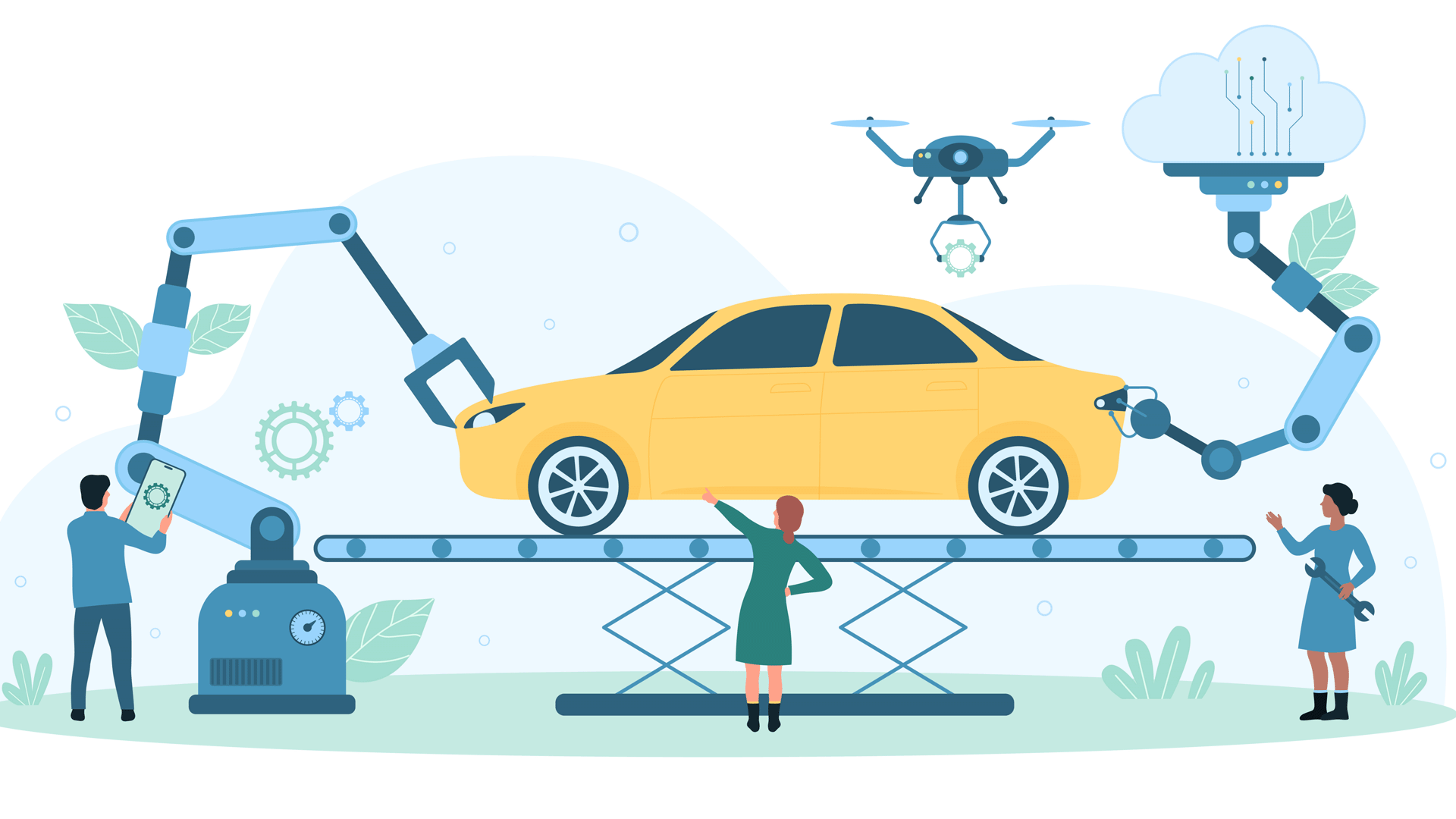
Every day, the Ambrose Construct Group’s technology platform automates around 130,000 individual tasks once carried out by humans.
The technology, says Darren Trott, general manager of business development at Ambrose Construct Group, liberates staff to do what they do best — serving customers, including insurers, brokers, loss adjusters and consumers.
It also means customers are better served. Technology ensures they have all the information they need and that at each stage of the process, a human will get in touch with them to answer any questions they might have.
Does it mean robots have taken away jobs? Actually, the business has been actively recruiting and is now 550 people strong following significant growth.
No need to downsize
“In the past, the Australian building industry has had a boom-and-bust approach to staffing,” says Trott. “As soon as there’s a weather event, builders ramp and scale up, madly employing resources. When things get quiet again, they downsize and let them go.”
But in this age of increasingly regular events, that model makes no sense.
Up until a decade ago, insurers might have budgeted for one or two catastrophic, weather-related events per year in Australia, says Trott.
But in the 2020-21 financial year, the Insurance Council of Australia declared five catastrophic weather events. The following year it declared two, as well as two significant events. And in 2022-23 there was one catastrophic and three significant events.
“So, there is no argument that the intensity and frequency of significant, weather-related events is here to stay,” says Trott.
Customers at the centre
Trott is speaking on a panel at the AICLA/ANZIIF Claims Convention, and one of his areas of discussion will be around how Ambrose Construct Group uses people and technology to put customers at the centre of everything it does.
“Catastrophic events have to be managed outside of business as usual,” Trott says. “
You cannot allow them to blur, to pull resources away from your business-as-usual operations. And the last thing you want is to be recruiting people under pressure — customers expect immediate service.
“We have a dedicated catastrophe team. But when there isn’t a catastrophic event, those people aren’t just sitting around. We’ve got them helping the rest of the business provide even better service. When it comes to a catastrophic event, we can deploy them anywhere in the country without impacting our business-as-usual operations.”
Innovating against shortages
Ambrose Construct Group is one of Australia’s largest property repair and restoration businesses, operating almost exclusively within the insurance industry. As much success as it has had as a business, it is always looking to innovate and do better, says Trott.
“For instance, we recognise that there are materials shortages and labour shortages,” he says. “In terms of materials, one excellent solution is to simply recycle a lot more than we used to. We’re now recycling things where appropriate, like hot water services which are still working after an event, and re-using metal roofing, those sorts of things.
“We’re also sourcing sustainably grown timber and looking after local communities by sourcing locally.”
The same goes for local trades, who are engaged as soon as the Ambrose Construct Group team is on the ground.
“When an event happens, we can certainly fly in a team of people, but they’ve got to be connected to an existing base of local trades. We can also bring in trades from elsewhere for additional support when we need to, but what we do is ensure that the capacity of local trades is filled, first.
"That keeps the money in the local community, which is important for resilience after a catastrophic event.”
A local supply chain
The organisation also brings production machinery to the affected area if necessary, rather than relying on long supply chains.
For example, after a hailstorm in Broken Hill, it was difficult to source corrugated iron shaped for bullnose applications over verandahs. So the business brought in a galvanised iron roller and produced its own, on the spot.
Fuelled by relevant and reliable data, artificially intelligent technology also has the ability to make predictions.
In terms of his employer, Trott says, this translates to the ability to calculate when certain events are more likely to happen and be better prepared in advance.
“For example, we know that in northern New South Wales and south-east Queensland, when the temperature drops below a certain point overnight, pipes will be much more likely to burst inside people’s walls,” he says.
“So, we monitor the weather patterns and the temperature forecasts and engage with our clients to tell them when they can expect more claims because, for instance, the overnight temperature in Moree is going to drop to minus one.”
Smarter and faster
The future, Trott says, is about doing things smarter, faster and better, and always with a focus on the customer.
“Technology mustn’t replace human contact, it has to underpin human contact,” he says. “We have to remember that we’re dealing with people, and we’re often the first to enter their home after a catastrophe. It’s a big responsibility.”

Comments
Remove Comment
Are you sure you want to delete your comment?
This cannot be undone.